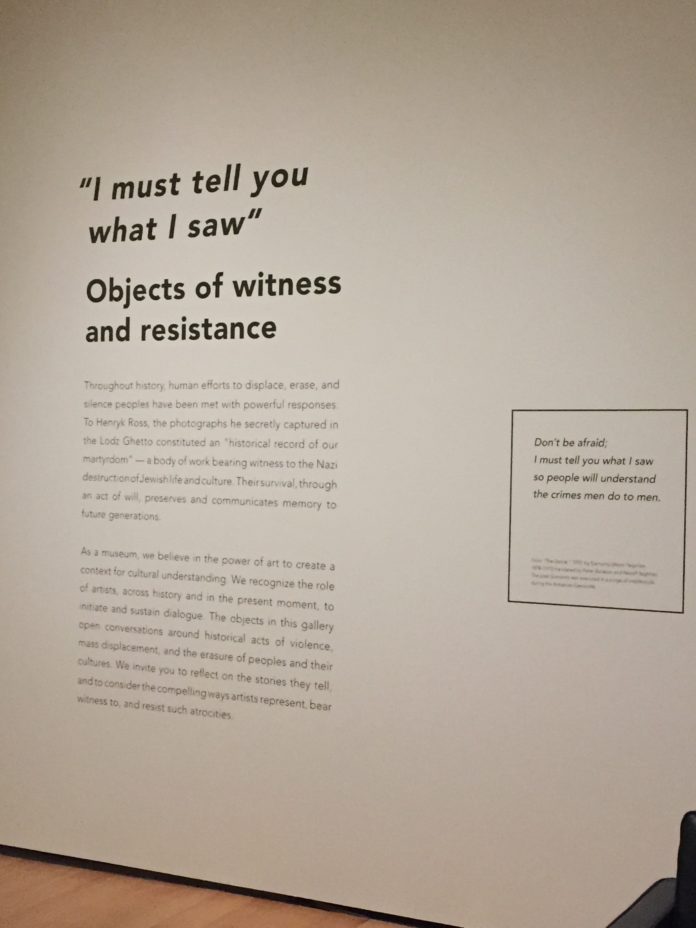WATERTOWN — Pieces from the collection of the Armenian Museum of America (ALMA) have been making their way around to numerous exhibits in Boston over the past few months.
At the end of last year, ALMA was one of 19 institutions that took part in the “Beyond Words” exhibit, and this spring it has loaned an object from its Genocide collection to the Museum of Fine Arts (MFA).
This spring the Armenian Museum has an artifact included in the MFA exhibit, “I must tell you what I saw: Objects of Witness and Resistance.” Officially open to the public on March 30, this special installation in the Linde Family Wing includes objects and works of art that bear witness to the destruction and silencing of specific people groups, through violence, genocide, persecution and fear.
A twentieth century chalk mold chosen from the Armenian Museum’s collection is one of nine objects featured in the exhibit. Also included are: a painting by Armenian Genocide survivor Arshile Gorky, an ancient Assyrian relief depicting the deportation of the Babylonians, J.M.W. Turner’s “Slave Ship” (1840), and a 19th-century Chinese vase that was painted over during the Chinese Cultural Revolution to protect it from destruction.
All the objects in the display are hauntingly connected by an exerpt from “The Dance” by Siamanto (Atom Yarjanian, 1910), an Armenian poet executed in a purge of intellectuals during the Armenian Genocide.
“Don’t be afraid; I must tell you what I saw so people will understand the crimes men do to men”








